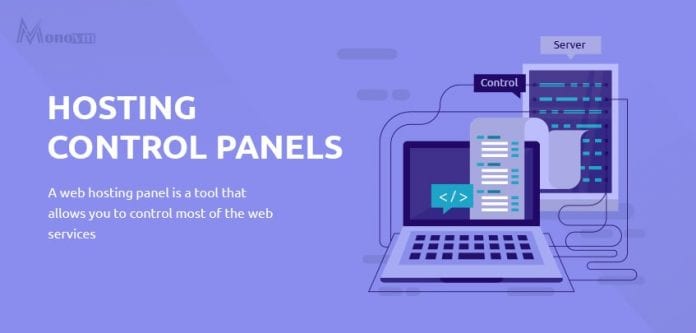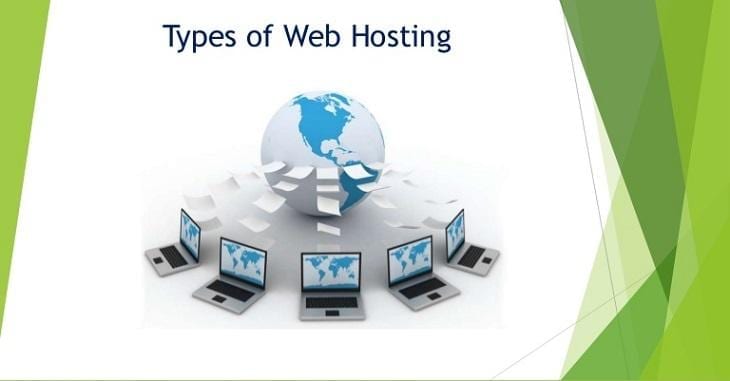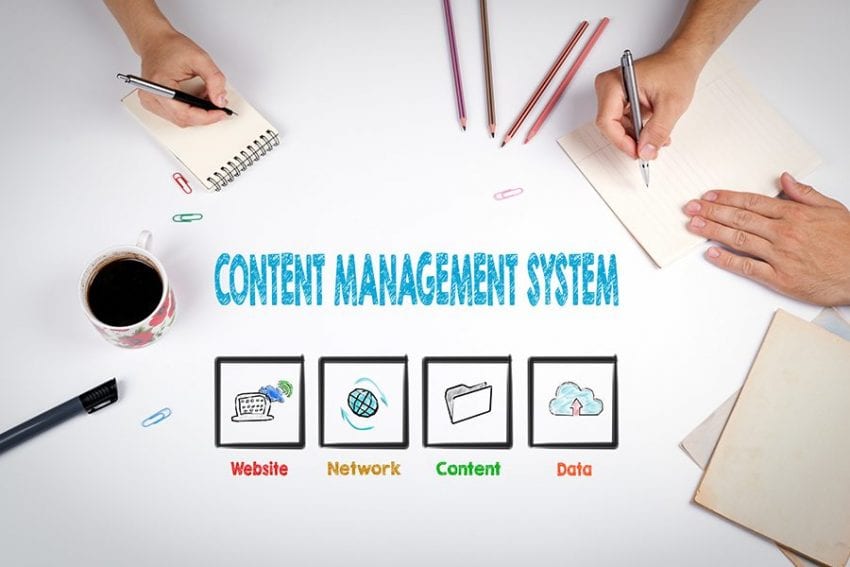If you’re considering getting your own website but not knowing where to begin, it can be confusing. We’ll talk about all the different types of hosting and what is included to point you in the right direction.
Your Domain

First step and probably the most important is to buy your own domain. Your domain is your own brand and what people will type into search engines such as Google and Bing to find you. Find a domain and hosting from a Webhosting uk company to see if your domain is available.
Domain extensions can be confusing but we recommend using a .com domain if you want to show to a worldwide audience or a local domain such as .co.uk for the UK and .US for the United States, other extensions are also available on their website.
Finding a hosting provider

They are literally 1000’s of different providers out there so choosing your own can be tedious, but it’s worth it. We recommend you ask the following questions when researching your own host:
- Does my host offer support should I need help?
- Which control panel is included?
- What features are included?
Don’t forget to also check out their terms and conditions, privacy policy and GDPR (General Data Protection Regulation) pages so you have a full understanding on how they look after your data. BloggingSilo is an excellent place that helps you explore the best hosting solutions.
Control Panels

They are quite a few web hosting control panels on the market for managing your account. Check to see if the control panel meets your needs and has all the features you need, a standard account should have:
- File manager to manage all of your files.
- Email manager to create, modify and delete any accounts.
- Backup option should your website break or need reverting back.
- DNS editor to make any changes to your configuration.
- PHP configuration to make any changes as needed.
- PhpMyAdmin as you may need to make changes to your SQL database.
The most common control panel is cPanel but has recently lost a lot of licence holders due to a sudden price increase from the new owner, Oakley. Many hosting providers have decided to move the control panels, one of which is Direct Admin which is a great alternative and simple to use.
Types Of Hosting

There are several different types depending on your requirements and the amount of resources needed.
- Shared – Most websites will fit into this category and its used for hosting small to medium sized websites. Shared Hosting is many websites all on one server using the same resources.
- Cloud – Mainly used for bigger sites which need more resources, this type is a group of servers clustered together to stop websites becoming slow and taking a long time to load. A handful guide on cloud hosting providers at AlterWebHost can help you learn more about this.
- Reseller – This type is generally used to resell resources generally within a set package. The advantage is you can do this without having to manage the server.
- VPS – A Virtual Private Server is basically one partitioned server inside another. Comes with a few advantages including installing your own operating system rebooting without having to reboot the main server and root access.
- Dedicated Server – A full computer in which you control all resources and have the option to install and customize in any way you like. Mainly used for bigger websites, creating VPS instances and maybe even file sharing server.
Content Management Systems

They are quite a few content management systems out there including WordPress to create your own website, which is generally the most recommended as it offers lots of features for those that aren’t tech savvy and know how to code. WordPress is a free open source programme so you’ll only need to pay for your domain and hosting.
WordPress is the number one CMS out there as it offers 100’s of free themes and 1000’s of plugins to integrate into your website. they are also other content management systems such as Blogger and advanced ones such Joomla and Drupal which requires more knowledge and coding skills.
Summary
Research and decide the domain name you are wanting to buy, remember you can’t change this once its bought without having to buy a separate domain.
Find a reliable provider which offers support should you need it and comes with all the features you need to get your website up and running. If you are new to all this then choose a shared hosting package, you can always move at a later date when you have more knowledge.









